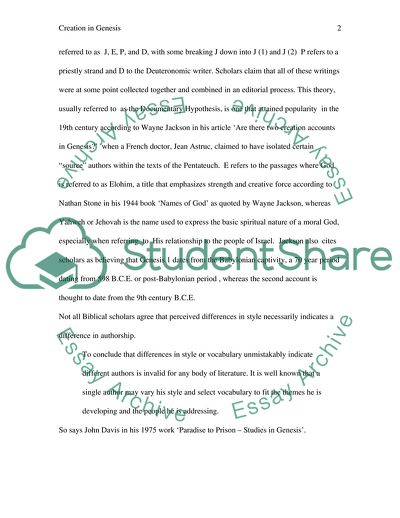Cite this document
(Early Chapters of Genesis Literature review Example | Topics and Well Written Essays - 2500 words, n.d.)
Early Chapters of Genesis Literature review Example | Topics and Well Written Essays - 2500 words. https://studentshare.org/literature/1720565-creation-genesis-11-23-and-genesis-24-25
Early Chapters of Genesis Literature review Example | Topics and Well Written Essays - 2500 words. https://studentshare.org/literature/1720565-creation-genesis-11-23-and-genesis-24-25
(Early Chapters of Genesis Literature Review Example | Topics and Well Written Essays - 2500 Words)
Early Chapters of Genesis Literature Review Example | Topics and Well Written Essays - 2500 Words. https://studentshare.org/literature/1720565-creation-genesis-11-23-and-genesis-24-25.
Early Chapters of Genesis Literature Review Example | Topics and Well Written Essays - 2500 Words. https://studentshare.org/literature/1720565-creation-genesis-11-23-and-genesis-24-25.
“Early Chapters of Genesis Literature Review Example | Topics and Well Written Essays - 2500 Words”. https://studentshare.org/literature/1720565-creation-genesis-11-23-and-genesis-24-25.


